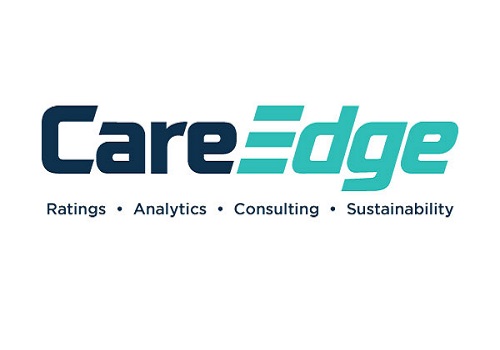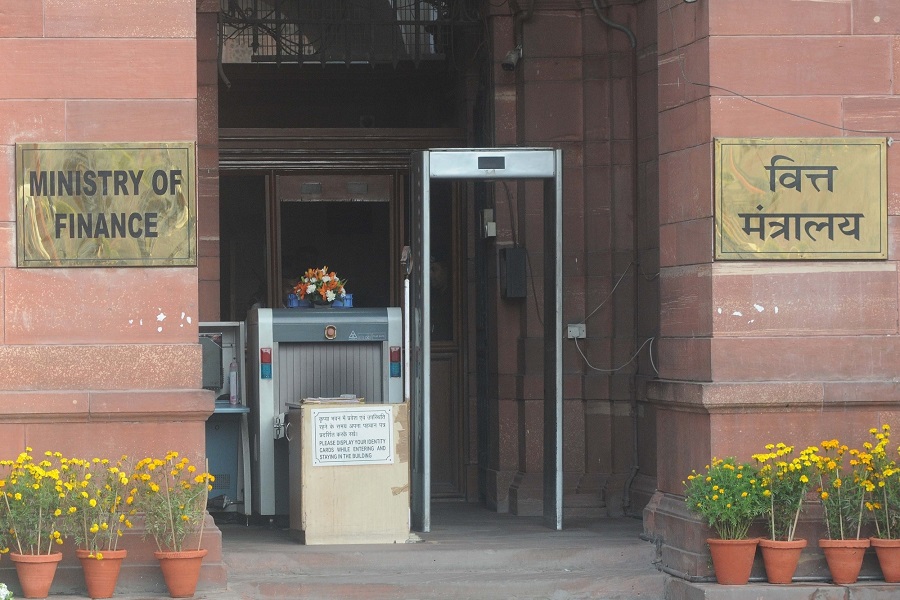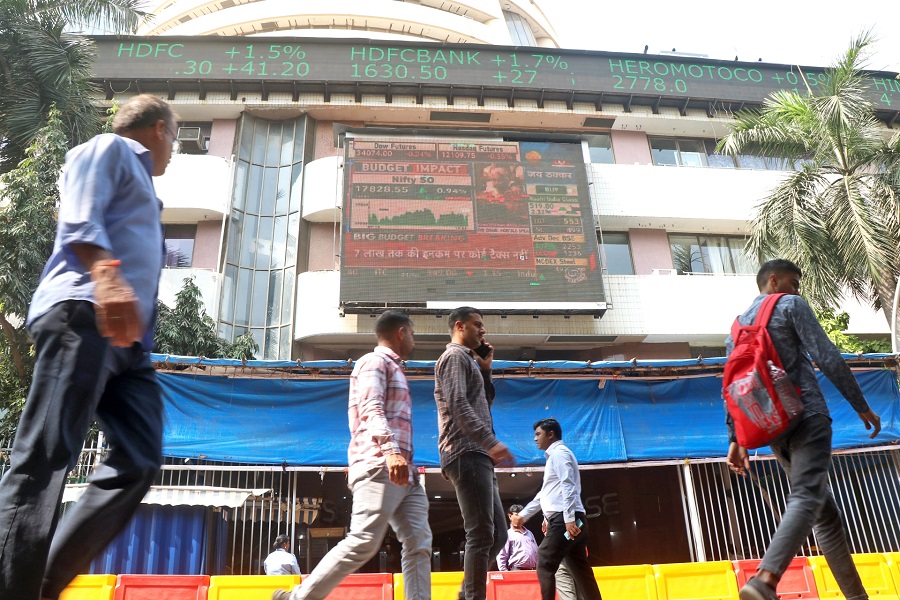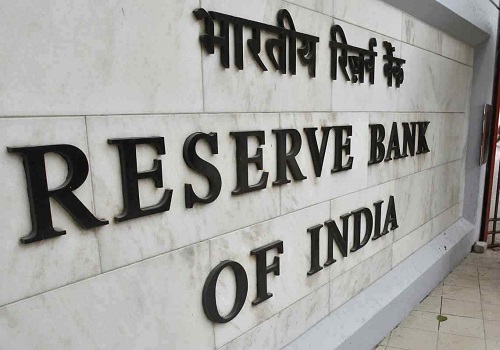CareEdge Debt Quality Index (CDQI) by CareEdge Ratings

Launched in May 2015, CARE Ratings’ Debt Quality Index (CDQI) is probably the first of its type providing an important number on the quality of debt in the country.
Objective:
The main objective is to construct an index which can gauge the overall credit quality of debt in the country. Today debt is the main source of finance in India with both the banking sector and corporate debt market being the two major suppliers. As all such debt does come under the purview of ratings, these traits are picked up regularly through credit ratings which are constantly monitored by CARE Ratings. The Index has been called: CDQI (CARE Ratings Debt Quality Index).
Periodicity:
The CDQI is monitored every month and captures on an index of 100 (used as a base year index value), whether the quality of debt is improving or deteriorating. Intuitively an upward movement indicates improvement in quality of debt benchmarked against the base year.
What does it cover?
The index covers both corporate debt (debentures and bonds – excludes CPs and short term instruments) and Bank facilities (fund based and non– fund based – excludes short term instruments)
Base period
March 2012 has been chosen as the base period for further comparison since it is also considered as the base year for GDP. FY12 was a normal year from the point of view of the economy. It is also the year when the economy grew by 6.7% and the bank loan rating market was relatively mature as this was the year when the fresh bank loan ratings peaked for CARE Ratings. Also the year 2011-12 has been chosen by the CSO as the base year for reckoning GDP which will be extended to IIP and WPI too in course of time. Choosing FY11 would have made the portfolio relatively less representative and the high growth in GDP would have skewed the economic performance. The number of companies has been kept constant as of March 2012, and the movement of rating and outstanding debt has been analyzed based of this set of companies.
CARE Ratings’ portfolio had 2,980 companies as of March 2012. However, a core sample of 1,589 companies has been taken which have been on our portfolio all through the period.
Approach:
We have used an ordinal approach to gauge quality of corporate debt, wherein higher rating (with lower default rates) gets a higher weight. The score would be based on the share of each rating category in the outstanding debt adjusted with a weight. The weight is based on the idealized default curve formulated by CARE Ratings.
Methodology
* Share of each rating category is calculated by dividing overall outstanding debt in a particular category by the total outstanding debt rating in each month.
* CARE Ratings provides ratings across 20 notches, from AAA to D
* Weights for the same are based on the inverse default rate for each category. The idealized default rate curve has been employed for ascertaining default rates for each category/notch as these default rates are more mature and cover more than one cycle. The idealized default rate curve is updated periodically.
* Index for a particular month =∑ ???????????????? ∗ ???????????????? ???????? ????????=???????????????????????? Where Vx is the Proportion of Volume of outstanding debt in the rating x Sx is the Survival rate of the rating x (1-Default ratex)
* For calculating the index, March 2012 score is taken as the base (value of 100)
* Based on the above formulae the corresponding score for March 2012 comes to 97.20 which is assigned the index value of 100
* Thus, CARE Ratings Debt index is calculated as: ((Scorex * 100)/Scoremar’12) ; where x represents the months
Above views are of the author and not of the website kindly read disclaimer























